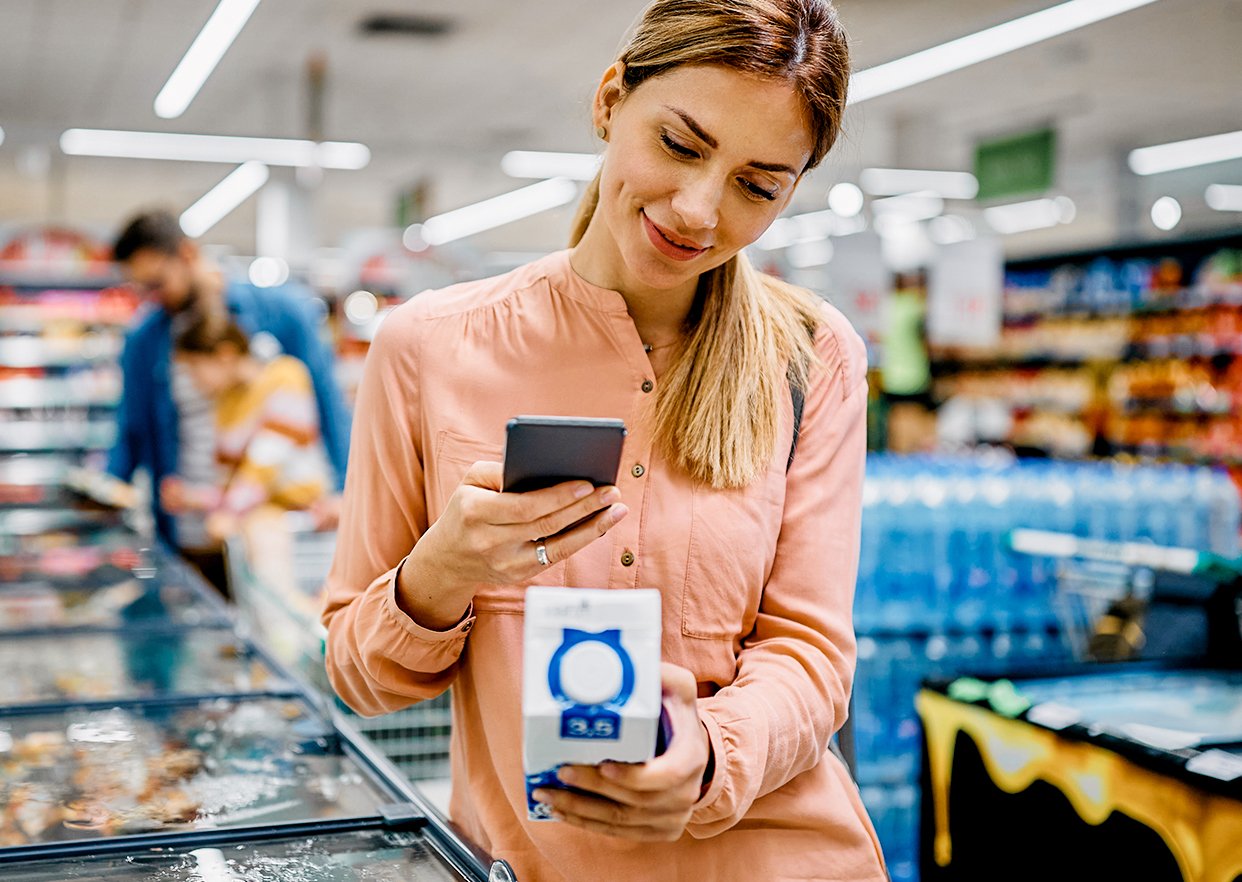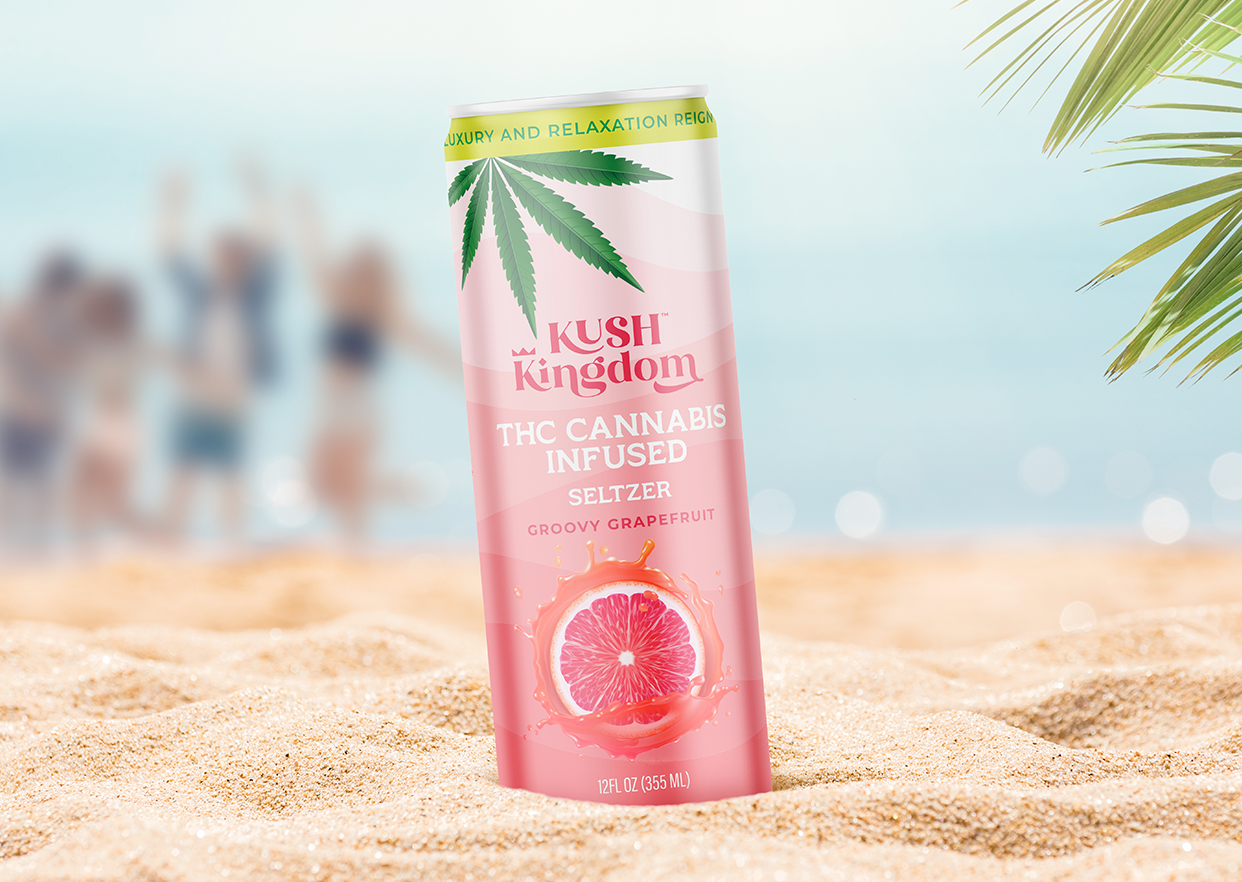The analysts at Mordor Intelligence have estimated the global smart packaging market at $21 billion and project it to reach $30 billion by 2028. That represents a healthy annual growth rate of more than 7%, which is not surprising. Smart packaging is a technology whose time has come and its adoption is being accelerated, at least in part, by business decisions in the retail sector.

Retail giants including Walmart, Target, Nordstrom, Macy’s and Dillard’s have all mandated that their suppliers incorporate RFID tagging technology into the labels and packaging used for various types of merchandise. These retailers see a variety of benefits from using RFID tags in product packaging:
- RFID-enabled packages give companies real-time visibility to products at every stage of the supply chain.
- Inventory management systems become faster and more accurate with less manual labor required and fewer errors encountered.
- Labels and packaging with RFID tags make it easier to track inventory at the item level, helping to prevent theft as well as fraud losses due to counterfeiting.
- The accurate inventory counts made possible by RFID-enabled packaging open the door to other retail innovations such as buy online, pickup in store (BOPIS) models.
This technological revolution is having a major impact on consumer packaged goods and other product categories. To better convey what it’s all about and how it works, this blog will explore smart packaging trends in general and RFID in particular.

Smart Packaging Explained
Smart packaging refers to a type of packaging that goes far beyond the basic functions of protecting and preserving a product. Advanced technologies can now be applied that enable a product’s labels and/or packaging to interact with the environment, consumers or even the product itself. Key subcategories of smart packaging include the following:
- QR codes allow consumers to access websites and other content with a simple scan of a smartphone.
- Near-field communication (NFC) chips enable short-range, wireless communications between two devices for product authentication and other functions.
- Packaging infused with nanotechnologies such as nanocoatings and nanosensors can interact with the product, such as to provide real-time product freshness information to the consumer.
RFID Technology in Packaging
RFID, or radio frequency identification, is another technology that is transforming the way companies and consumers use packaging. RFID tags are tiny electronic devices that use radio waves to transmit the product's information and data to an RFID reader, which can be several feet away. The impact of this technology is being felt on several levels.
Inventory management
When RFID tags are embedded into labels and packaging, companies can track products from the production line to the final destination and dramatically simplify supply chain management. Placing RFID readers throughout warehouses and distribution centers provides accurate and up-to-date information on the product's location, movement and condition. These processes are also automated, accelerating the collection of data while reducing labor requirements and human error.
Product traceability
The inventory management precision made possible by RFID is invaluable for product tracing and safety recalls. The ability to quickly track, locate and remove dangerous products from the marketplace can save lives and protect brand integrity. The food and pharmaceutical industries are especially keen on the traceability advantages of this technology.
Customer experiences
Smart packaging equipped with RFID technology can enhance the customer experience in other ways. In addition to conveniences like the BOPIS model described above, consumers can use RFID to access relevant information about a product's ingredients, allergens and nutritional values. RFID-enabled packaging can even provide reviews and suggestions for complementary products in real time. To unlock this functionality, many models of smartphones can read RFID tags and special RFID readers can be installed by retailers in shopping aisles.
Environmental sustainability
Yet another advantage is environmental sustainability. Improved inventory management practices allow companies to reduce excess inventory and the waste that inevitably results. Consumers can learn whether a product is recyclable simply by scanning the RFID tag. Manufacturers, in turn, can use the same technology to track product usage. The data gained from monitoring consumption habits can then be used to reduce package sizes and the amount of materials used in packaging.
The possibilities for RFID technology are virtually endless. RFID-equipped packaging can help companies stand out in the marketplace, elevate their brands in the eyes of consumers and enhance the utility of nearly any product. RFID has tremendous potential for further development and more innovations like these are certain to come to the labels and packaging industry.
Better Outcomes Through RFID
Taylor is a leading provider of labels and packaging to manufacturers in a variety of industry verticals. This expertise extends to our use of RFID technology in the custom packaging and labeling solutions that we create.
Our knowledge of radio frequency identification technology allows us to consult with you on the many options available including:
- Low frequency, high frequency and ultra-high frequency RFID systems.
- Active, passive and semi-active (semi-passive) tags.
- Tag materials including BOPP, PET and DT film and paper.
- Antennas, readers, printer encoder systems, label stock and more.
See for yourself the many ways Taylor can apply RFID technology to drive better outcomes for your business. Contact a Taylor representative to learn more.


.jpg)






